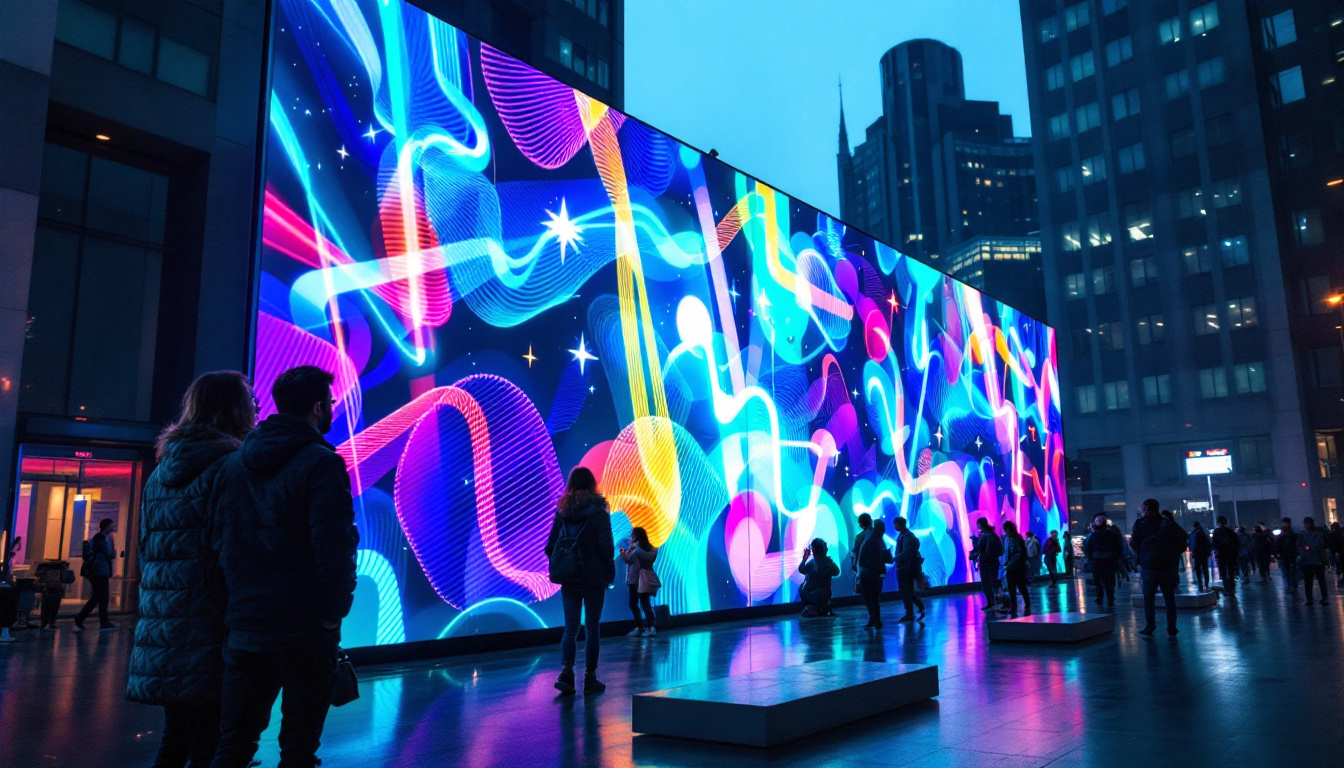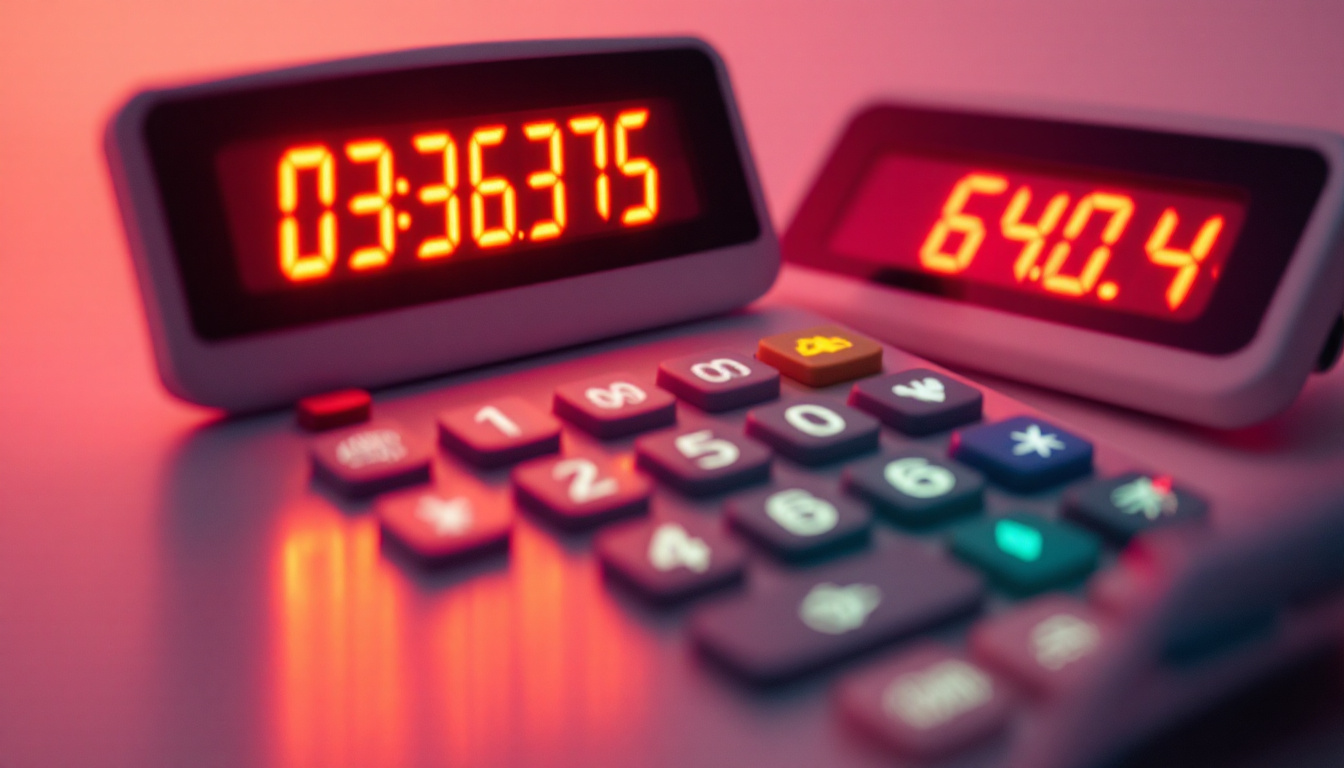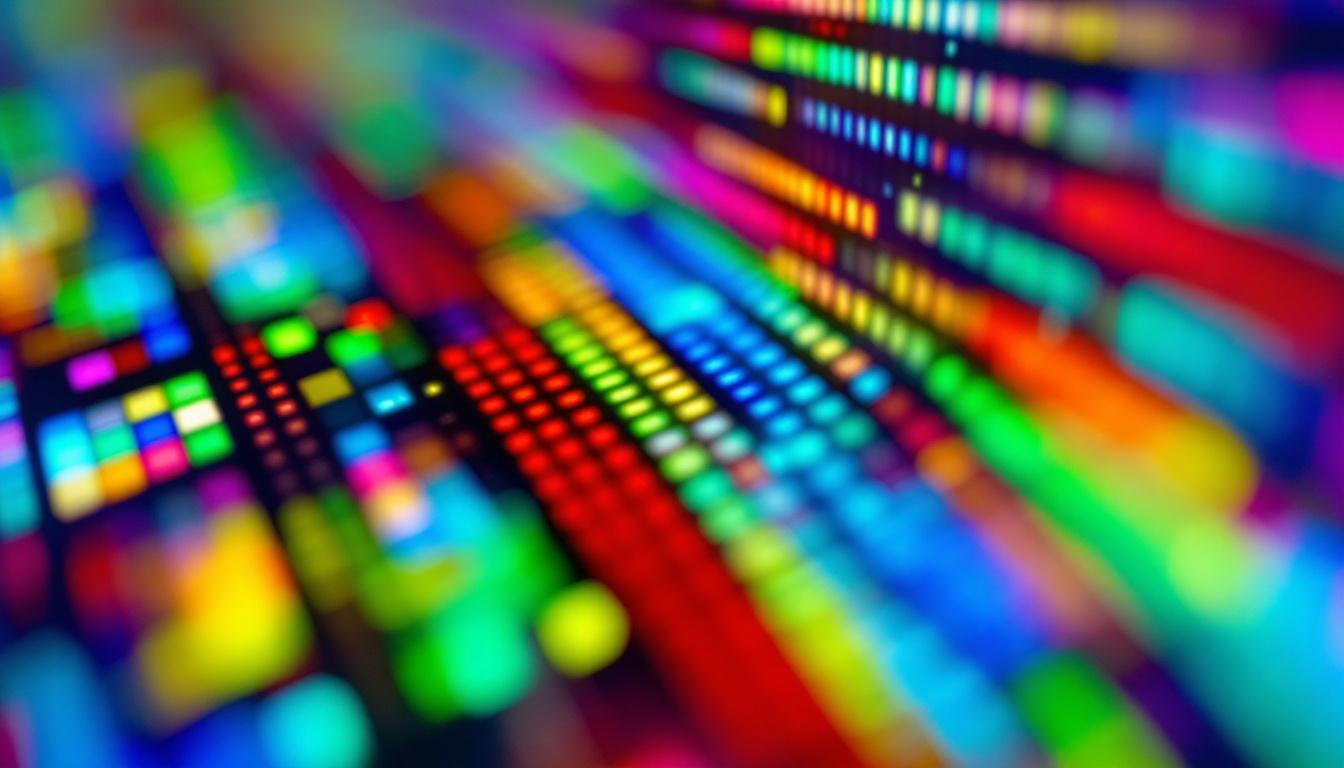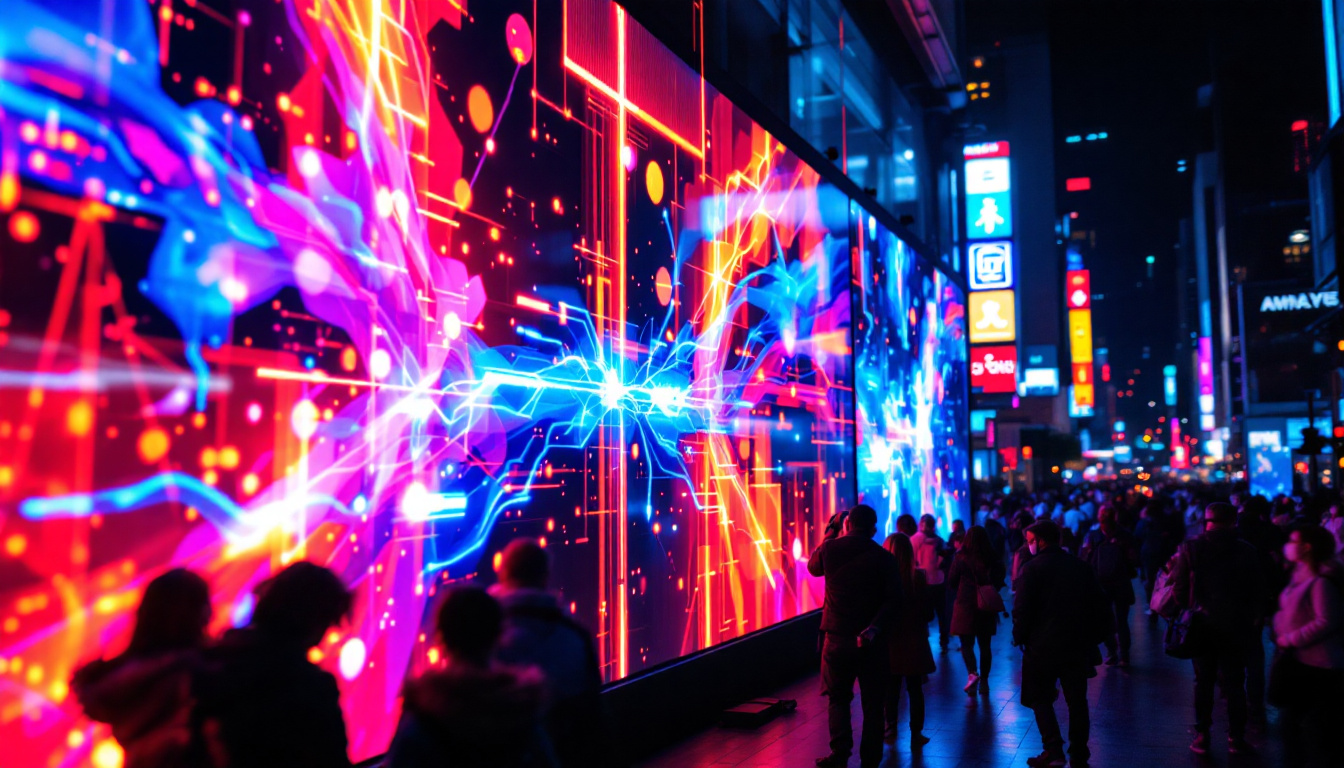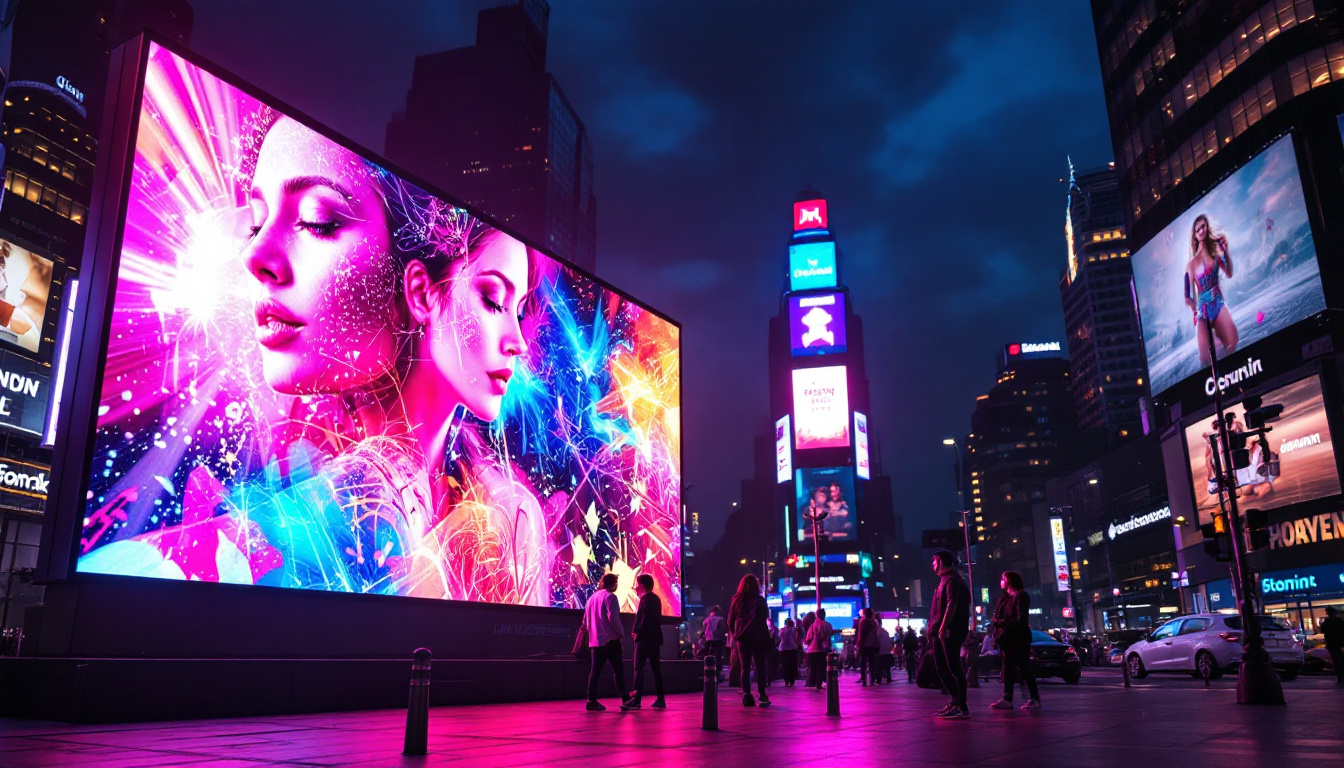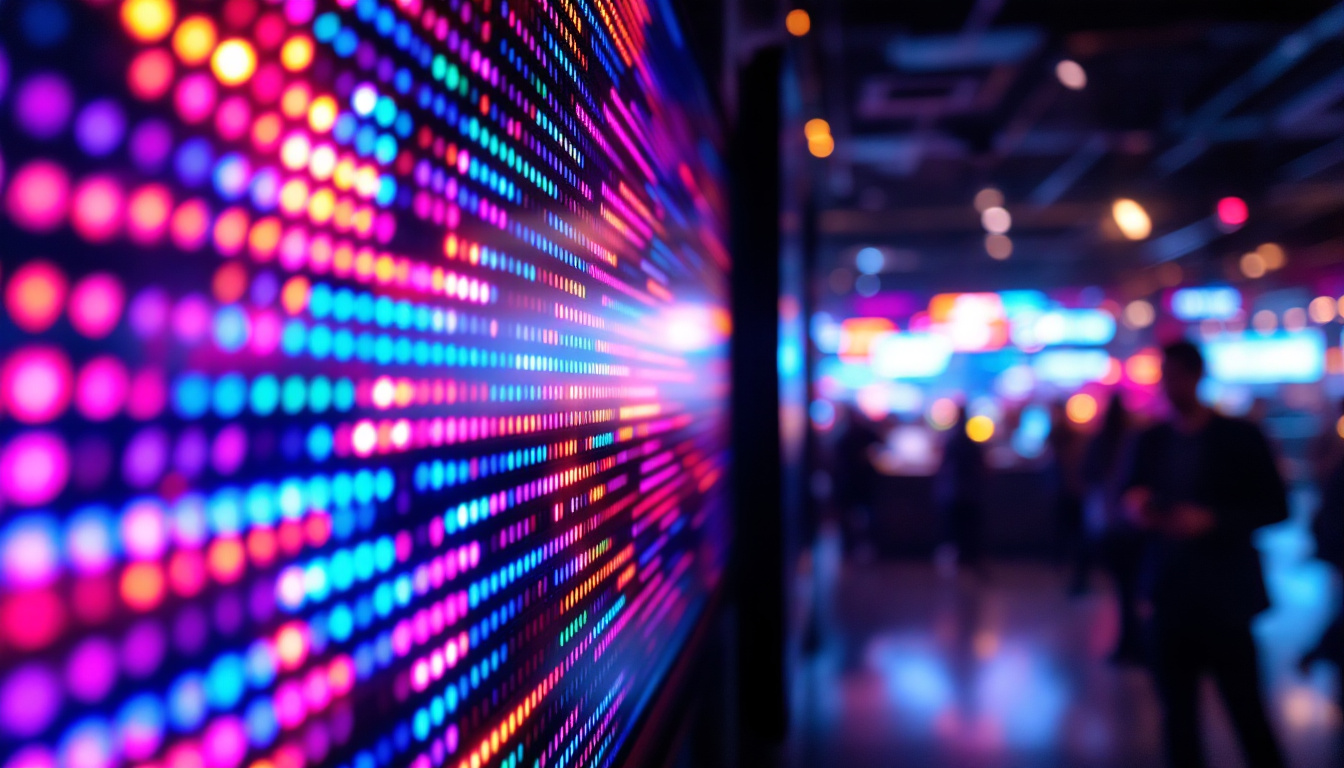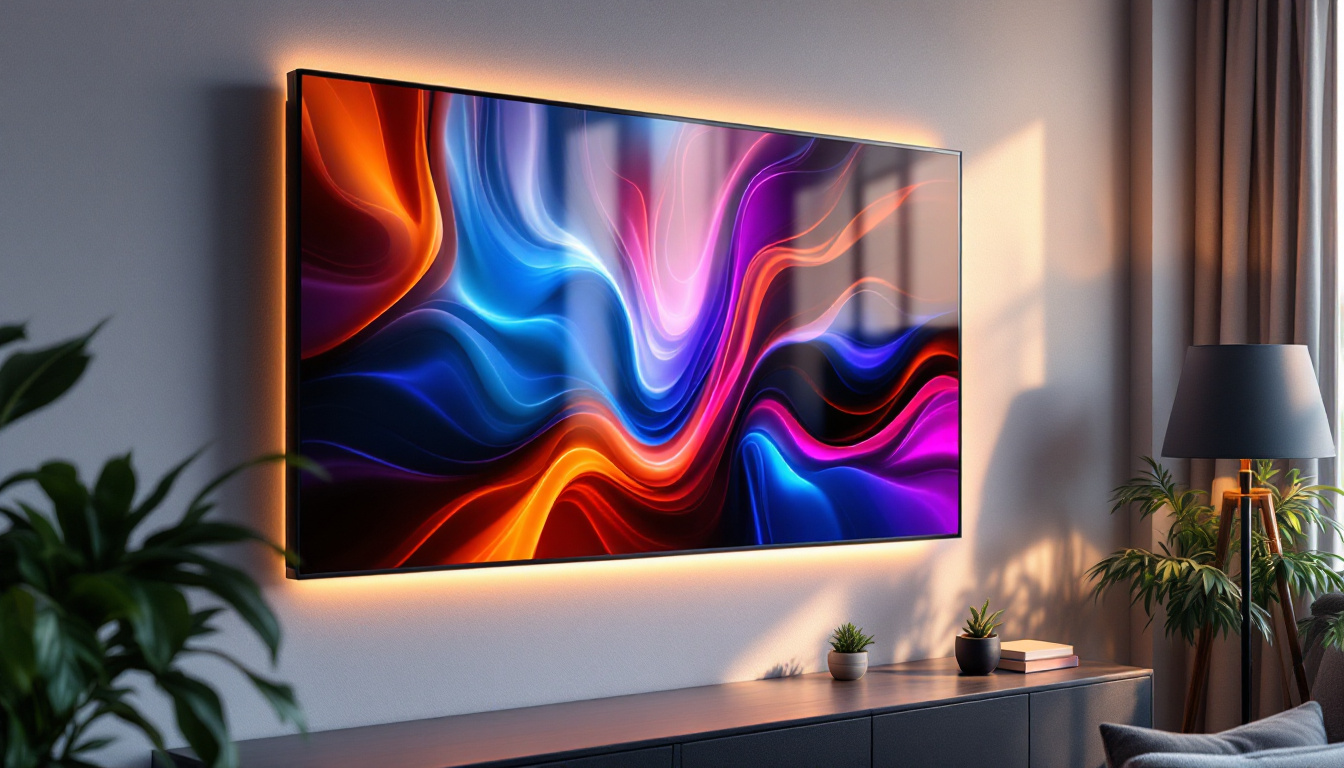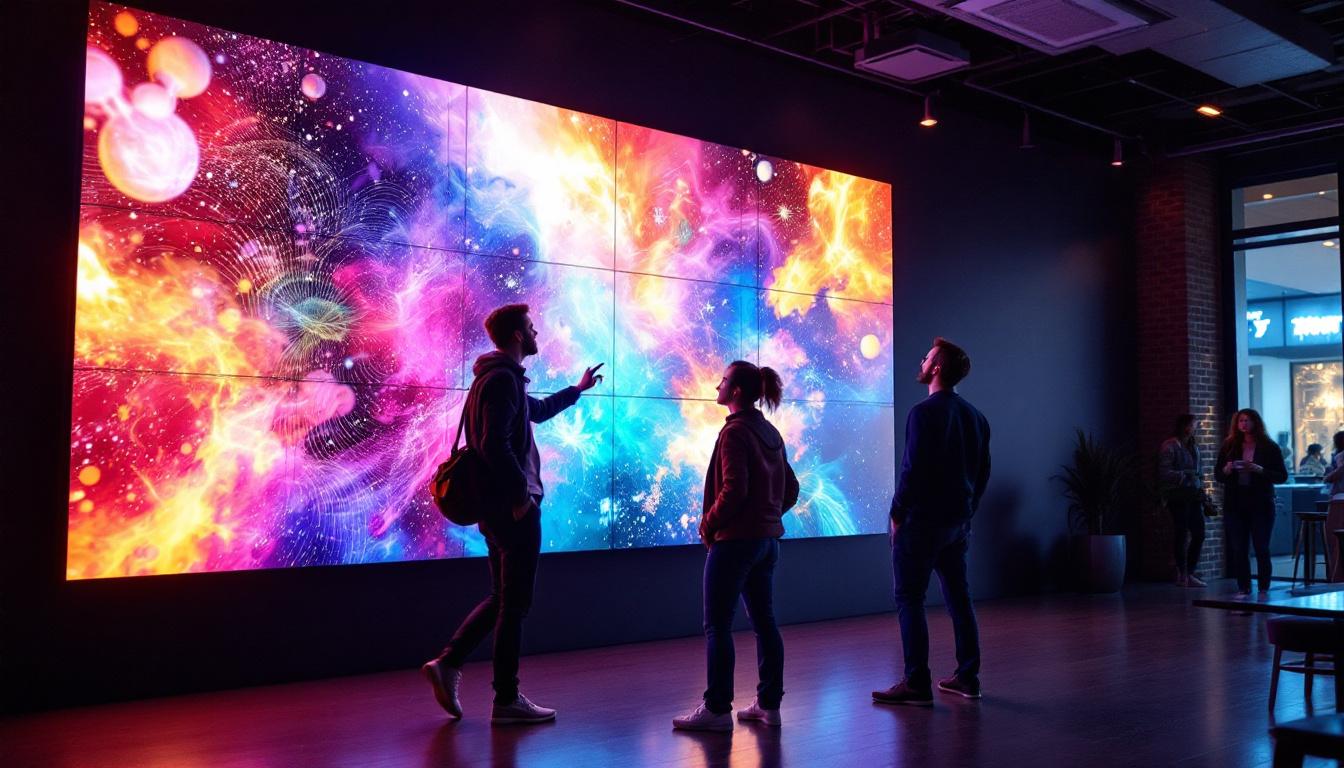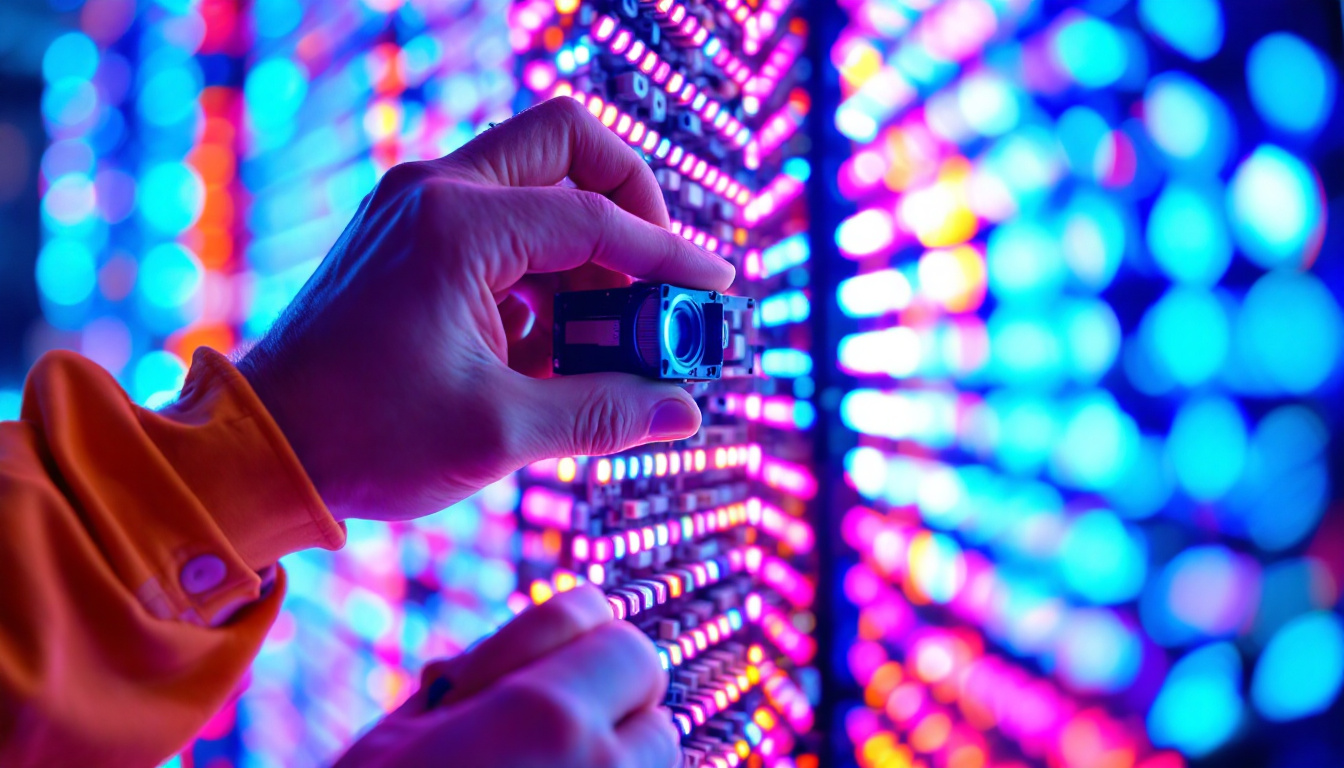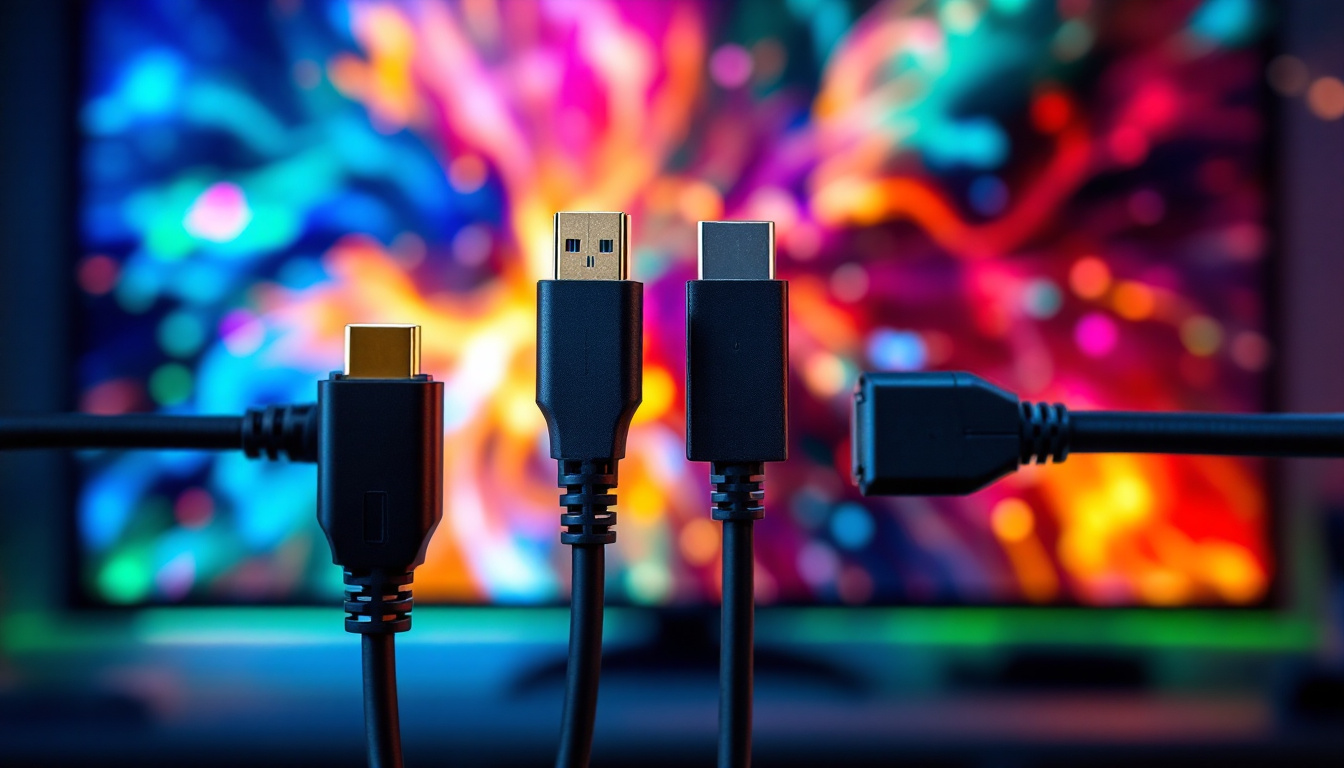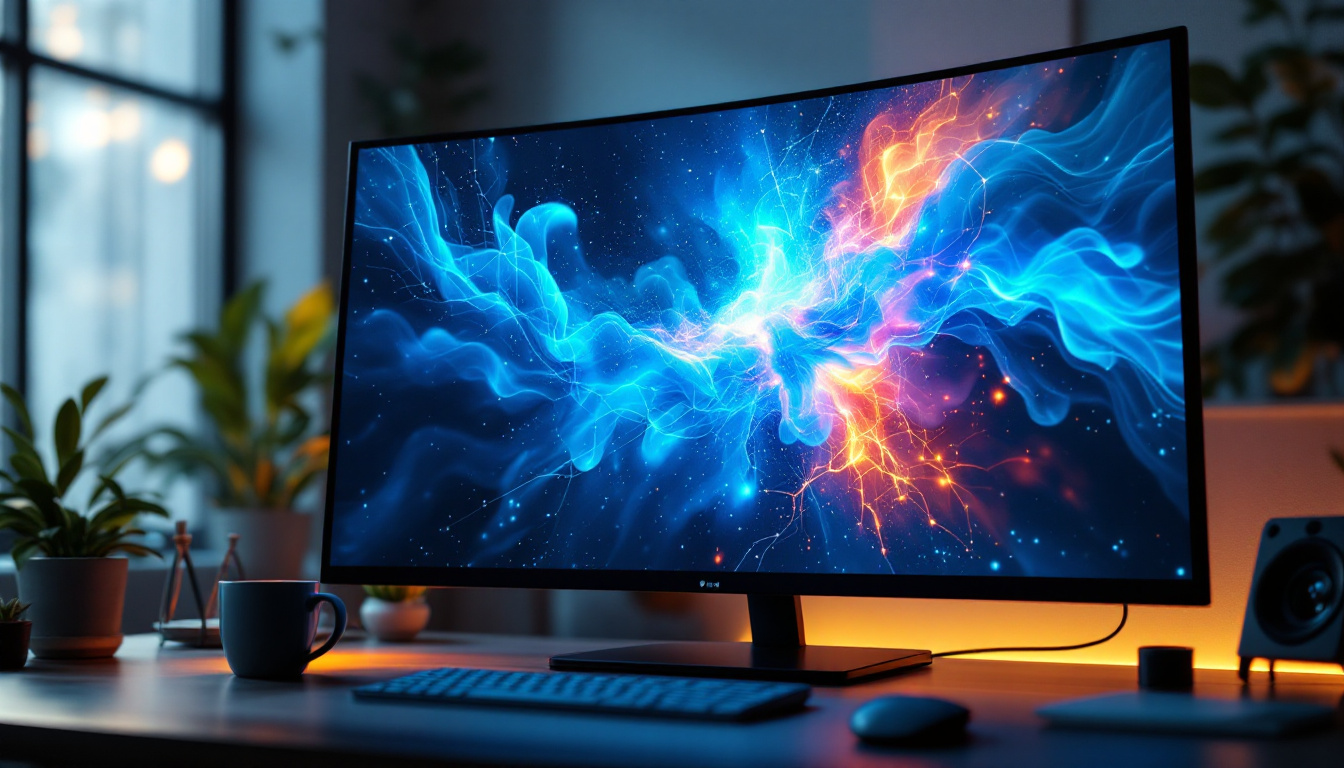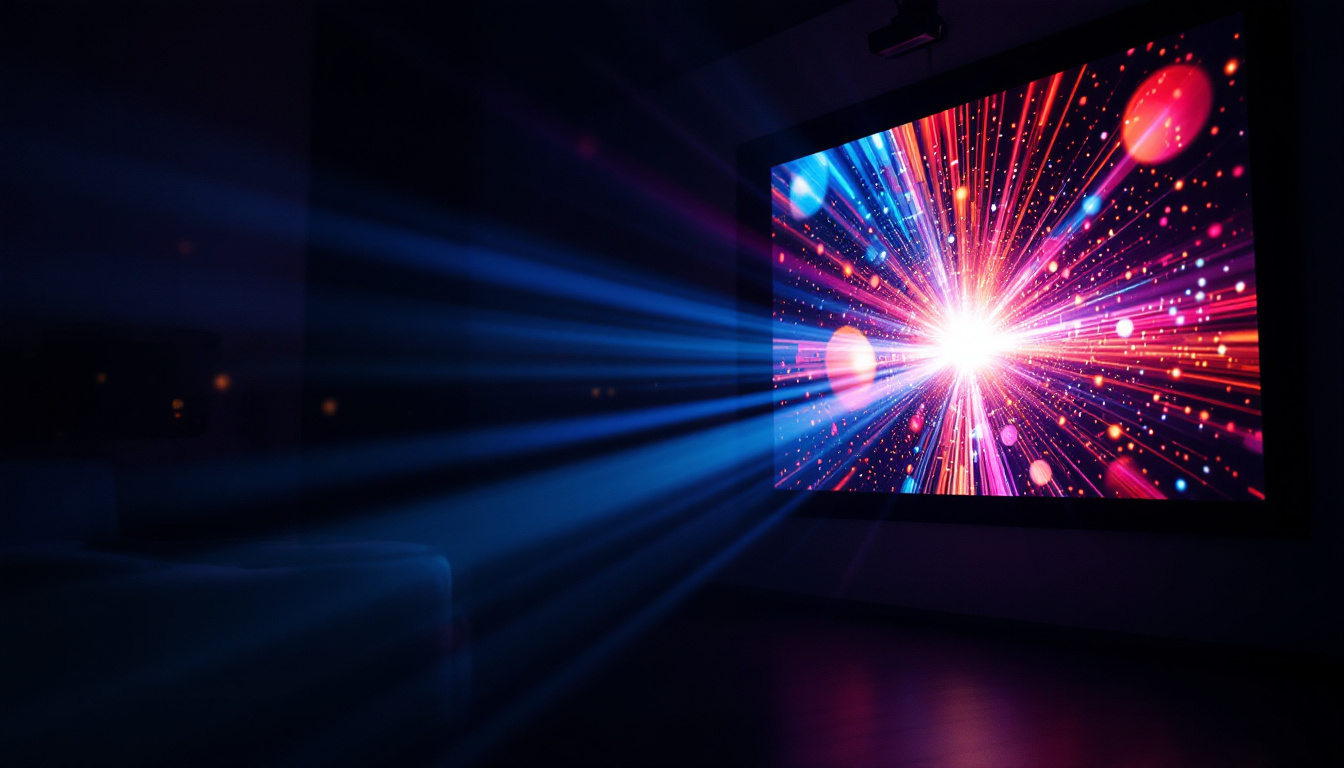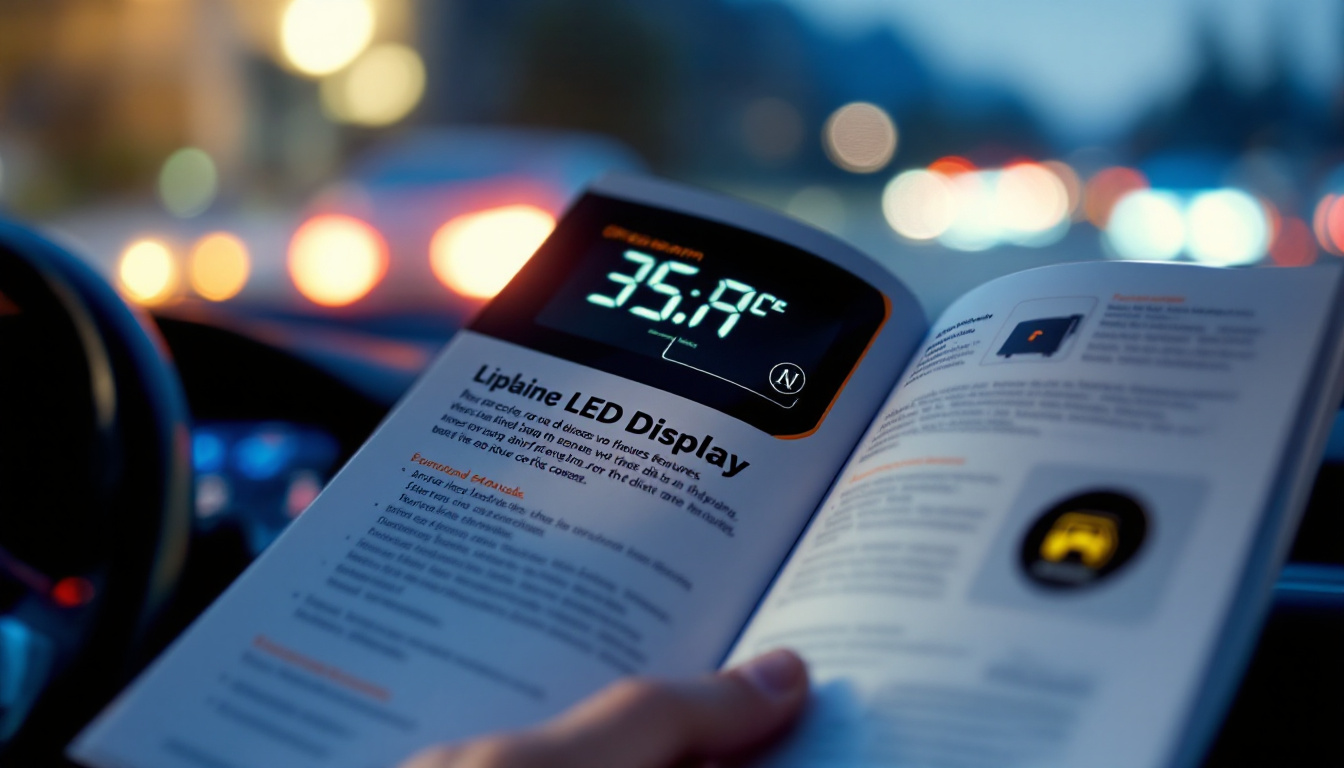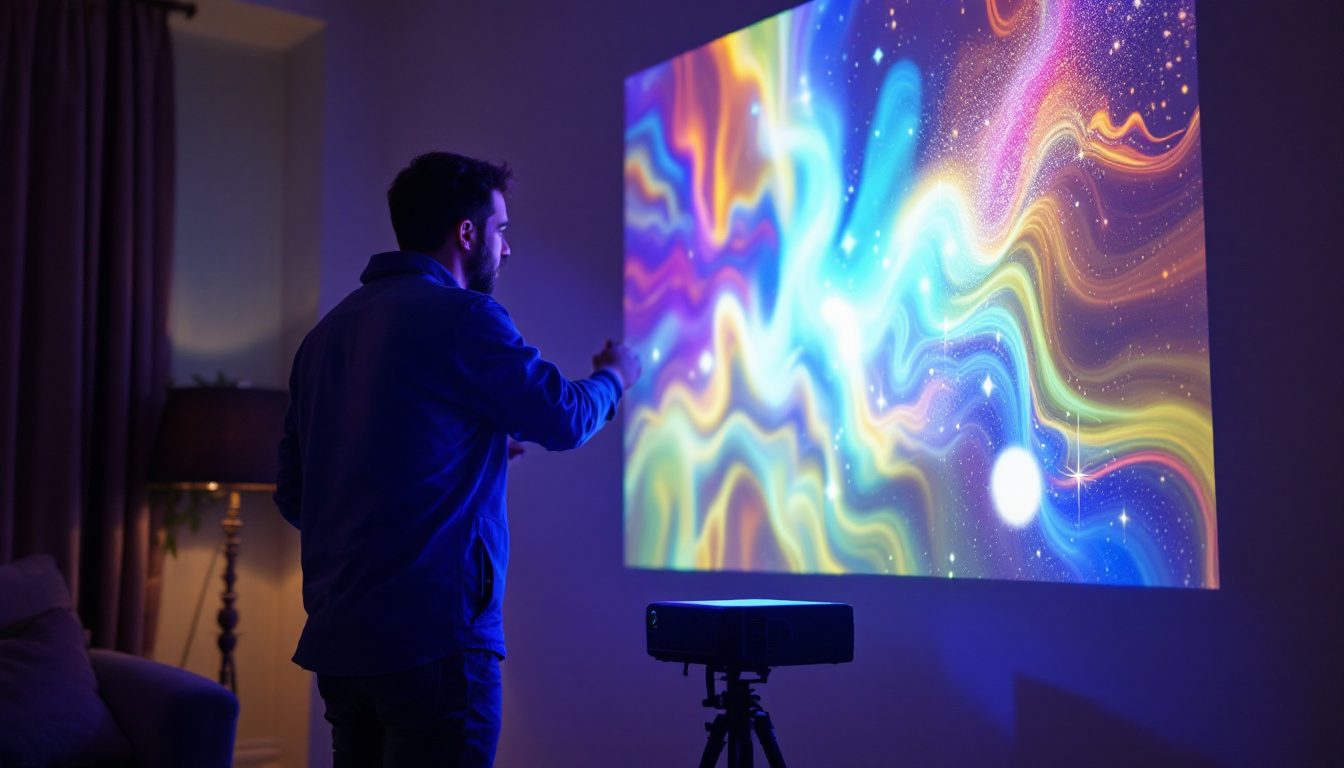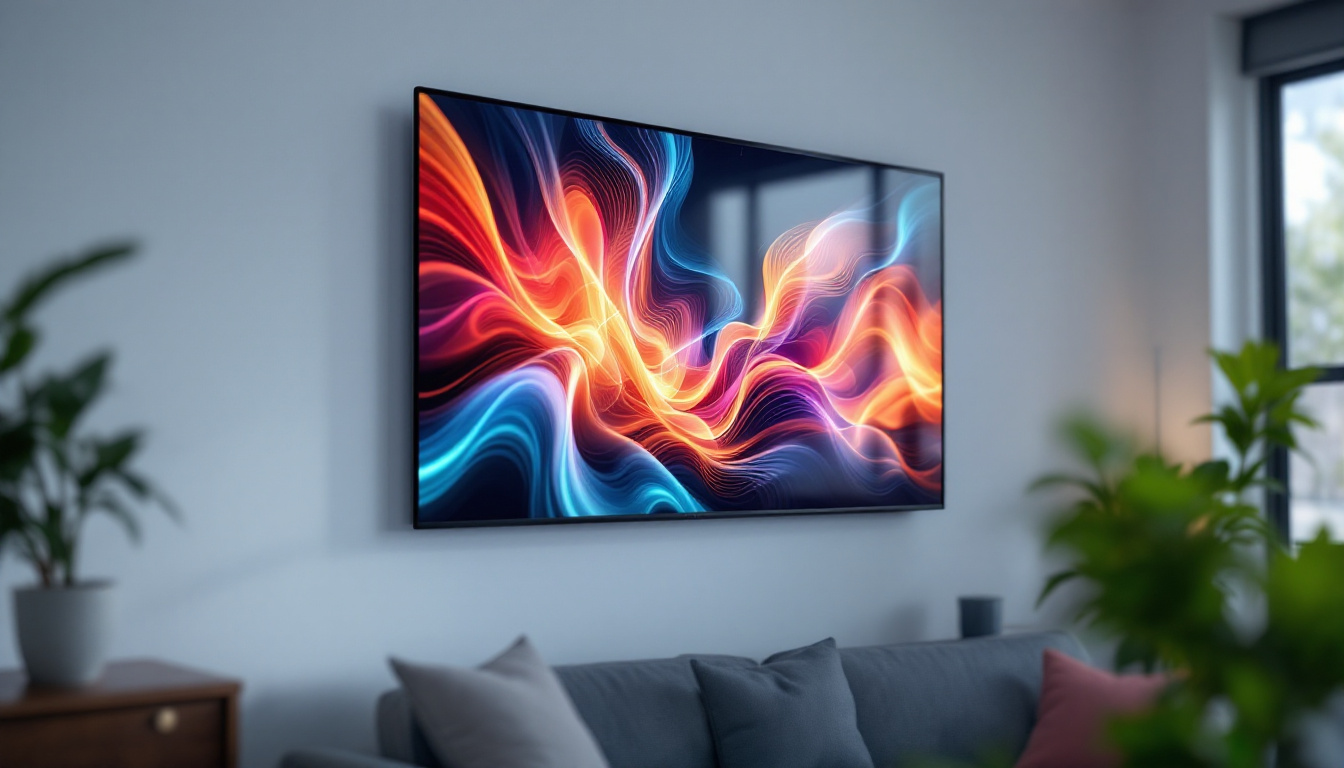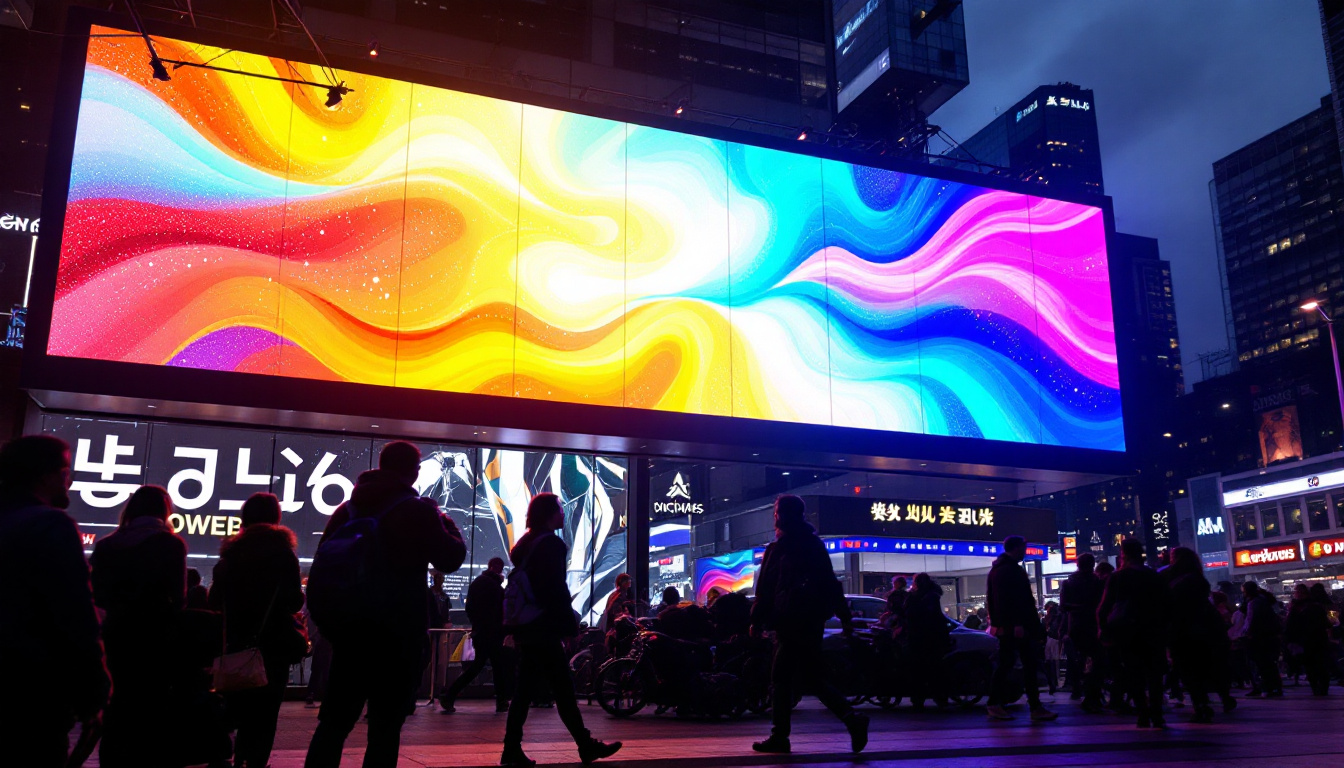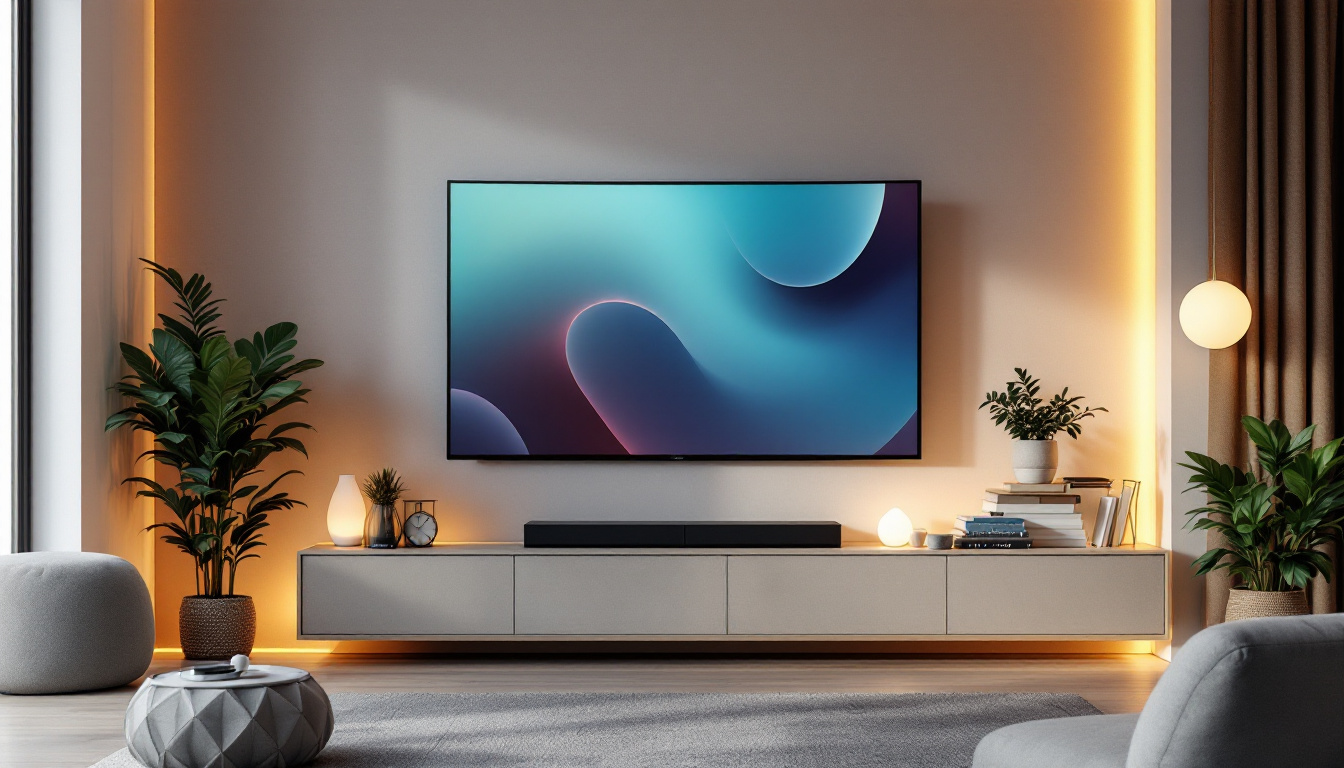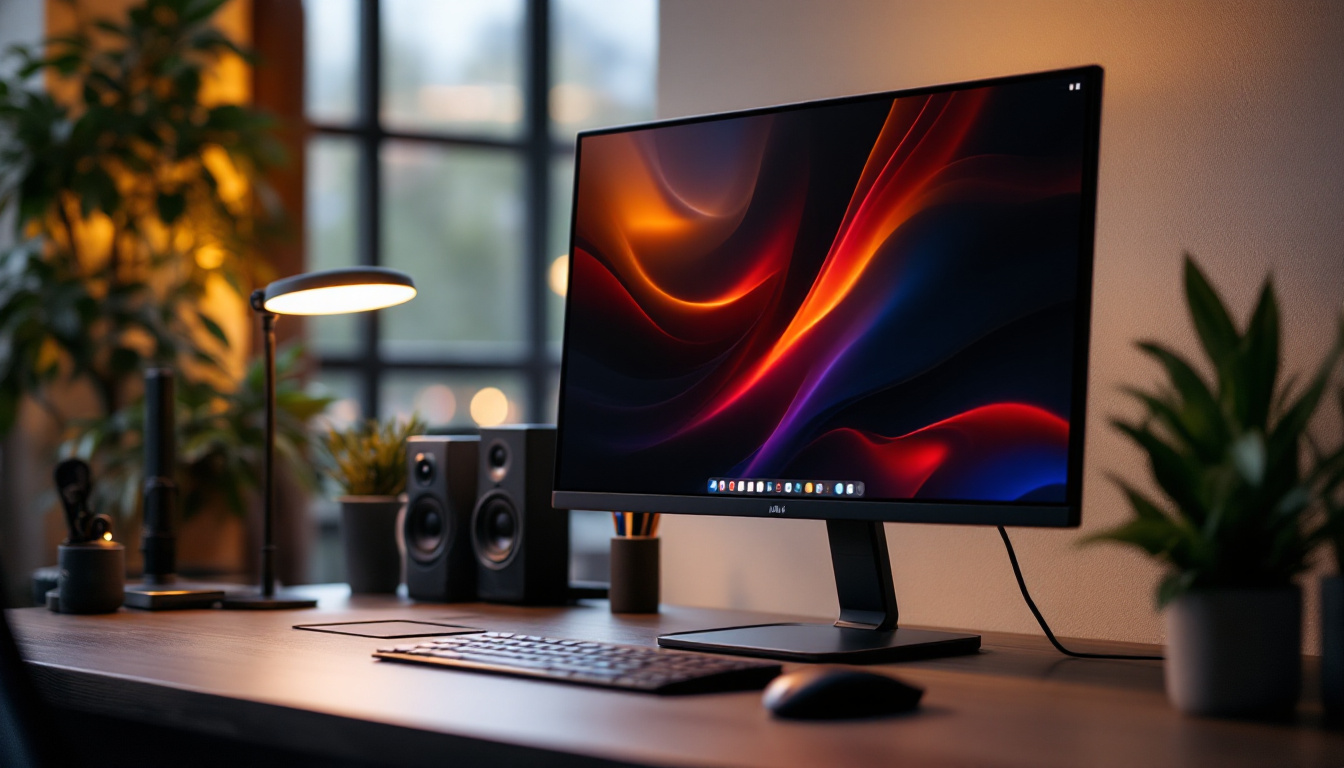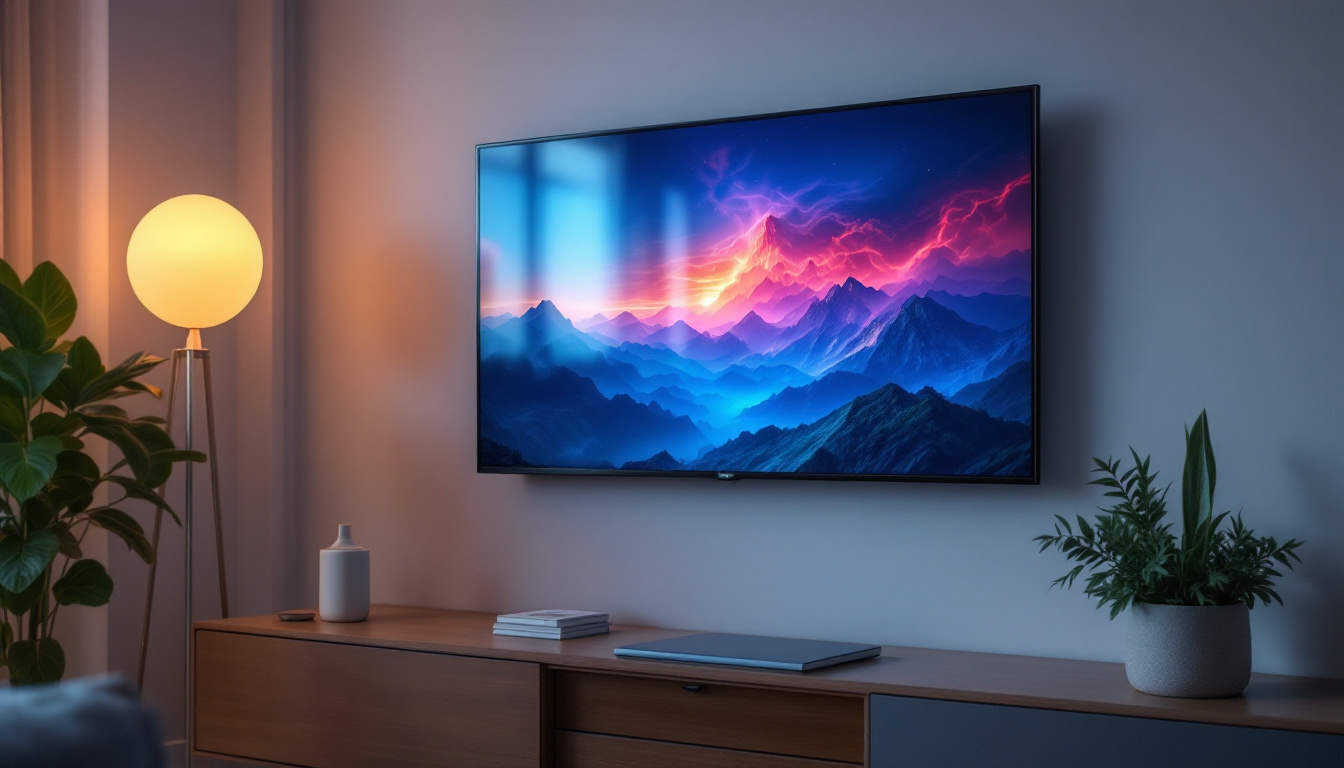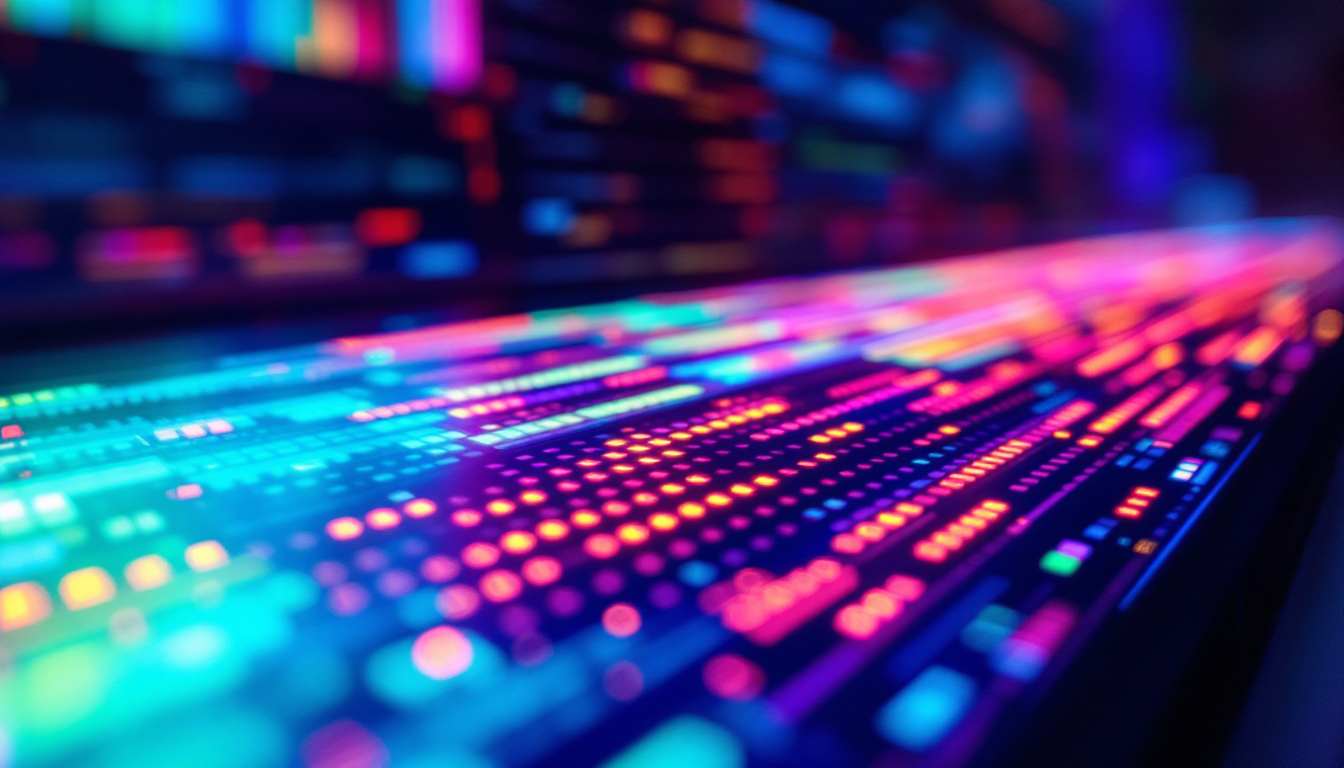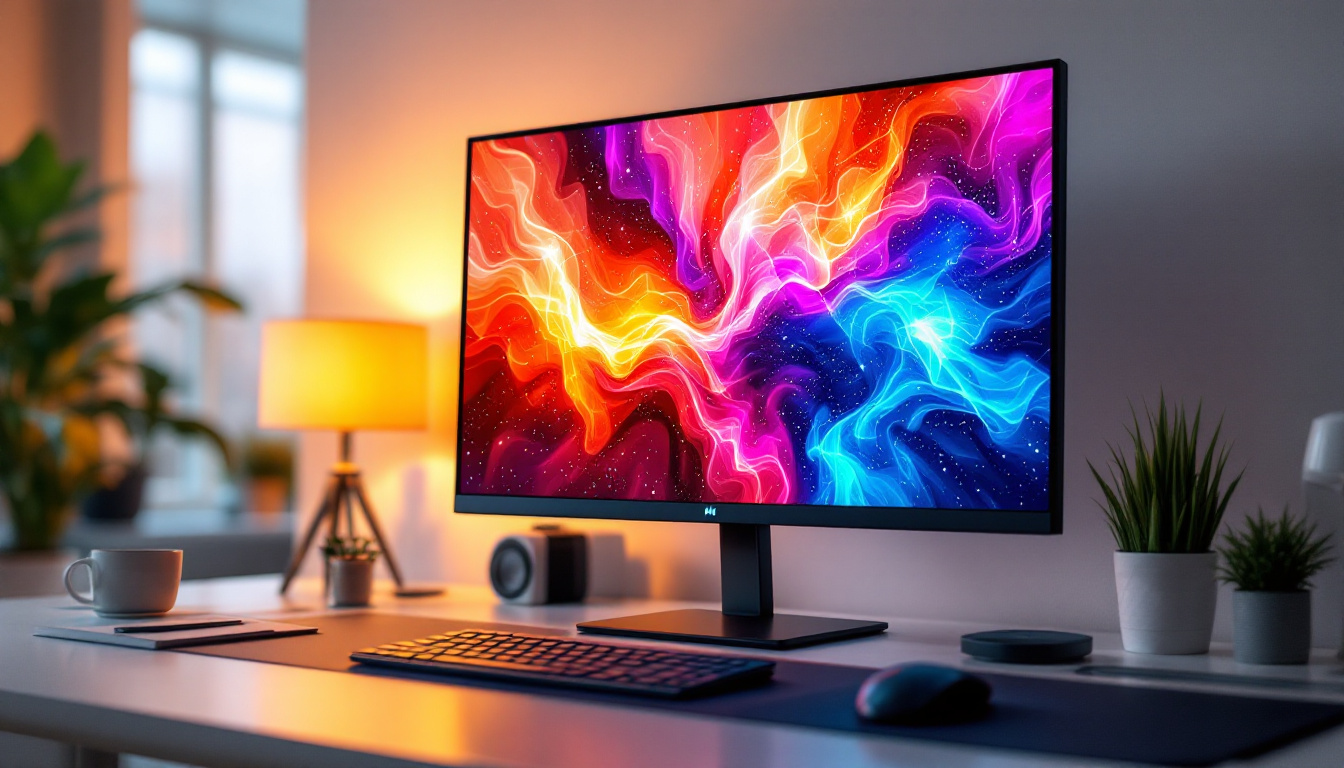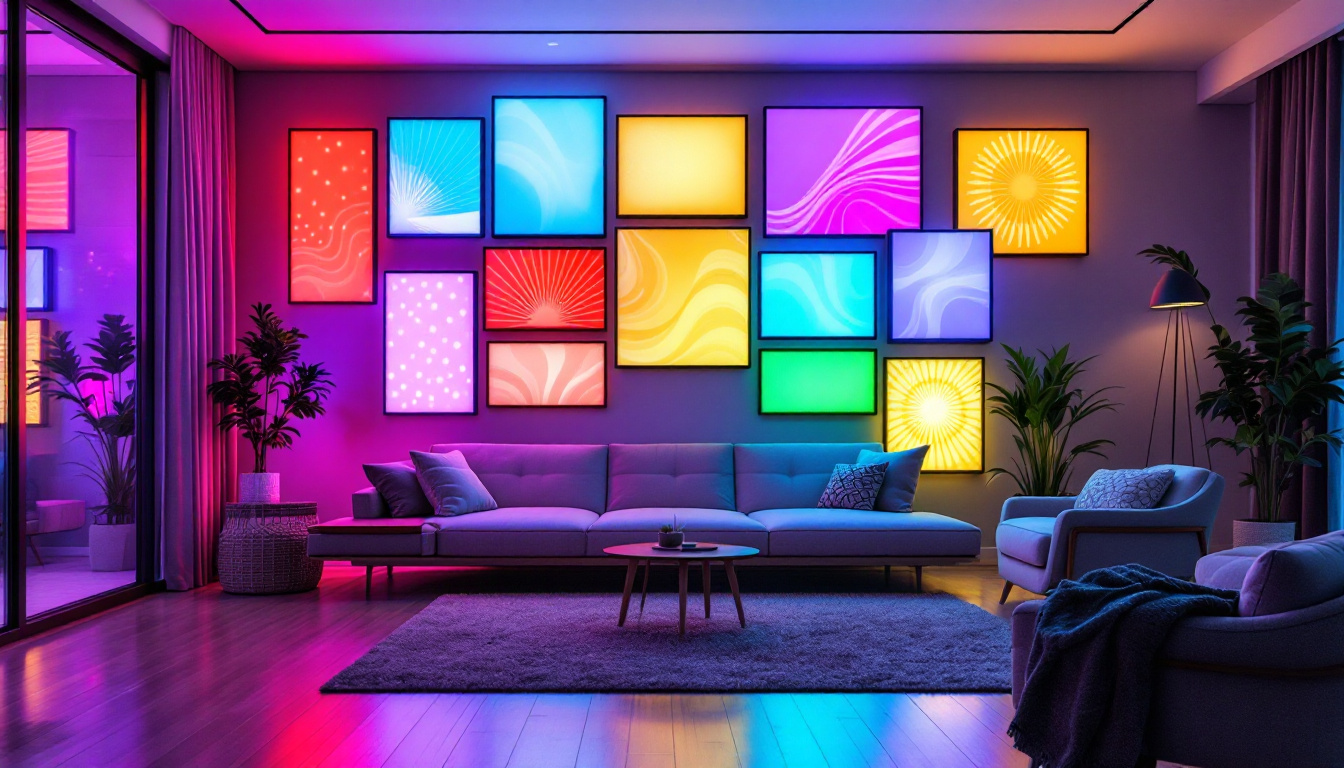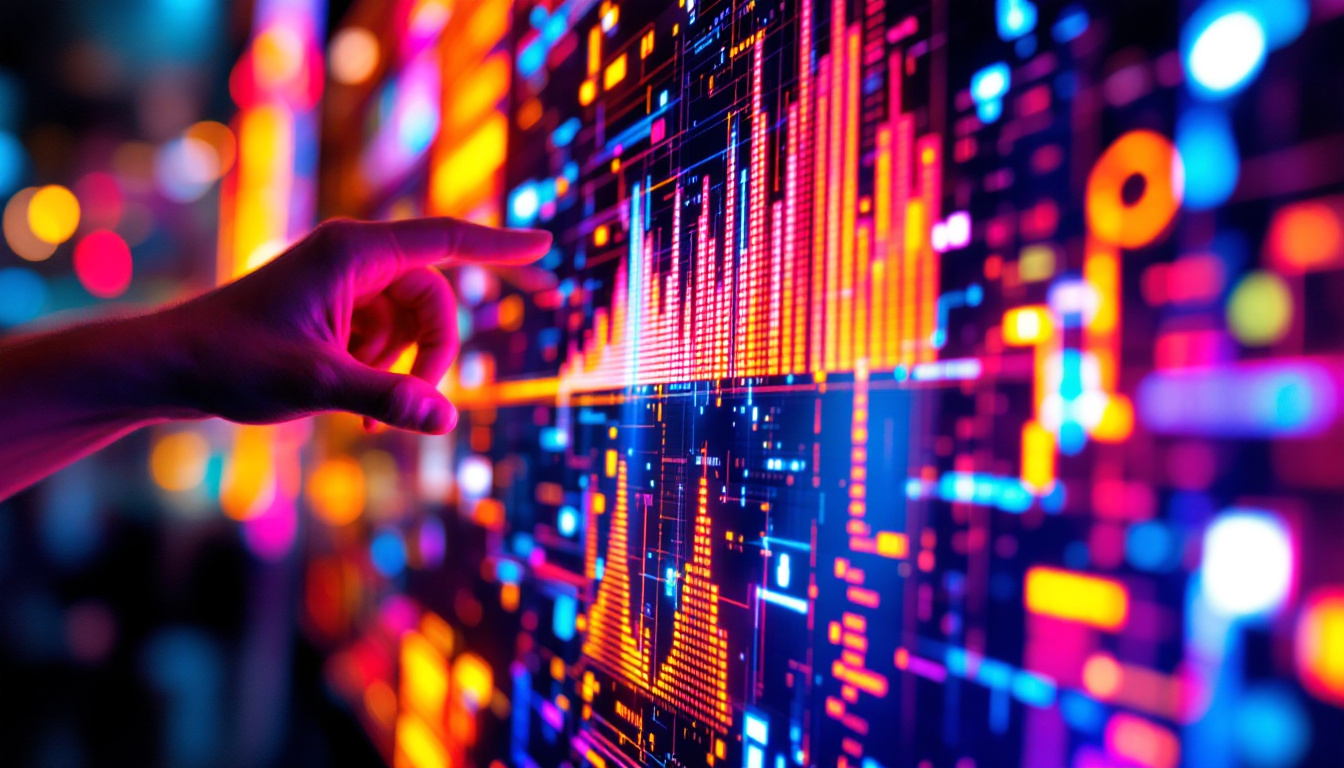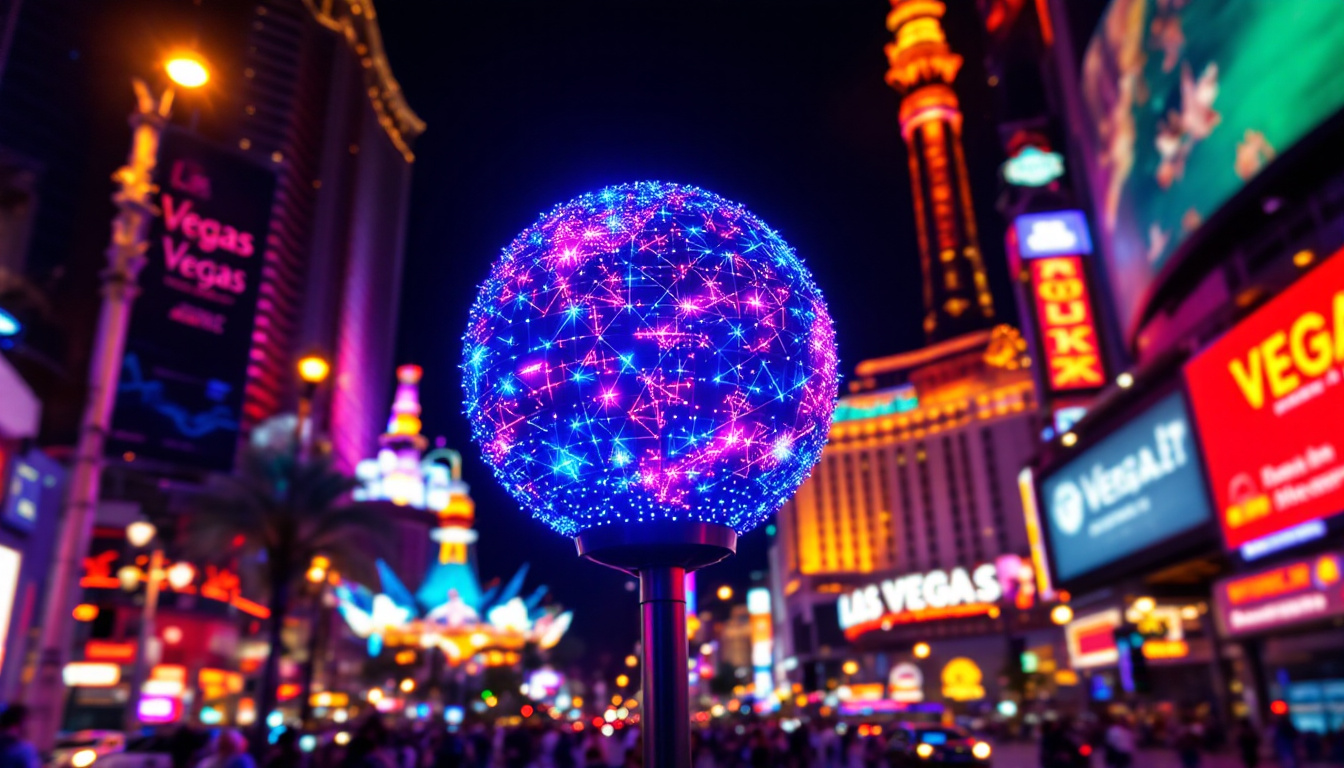In the modern world, timekeeping has evolved beyond traditional analog clocks. One of the most notable advancements is the LED display clock, which has become a popular choice for both home and commercial spaces. This article delves into the intricacies of LED display clocks, exploring their functionality, advantages, and applications.
Understanding LED Technology
LED, or Light Emitting Diode, technology has transformed various industries, including timekeeping. Unlike traditional bulbs, LEDs are energy-efficient, long-lasting, and capable of producing bright light with minimal power consumption. This section will explore how LED technology works and its significance in clock displays.
How LEDs Work
At its core, an LED is a semiconductor device that emits light when an electric current passes through it. The process is known as electroluminescence. When electrons move through the semiconductor material, they release energy in the form of photons, creating visible light. This mechanism not only allows for vibrant colors but also contributes to the durability and efficiency of LED displays.
The color of the light emitted by an LED depends on the materials used in the semiconductor. For instance, different combinations of gallium, arsenic, and phosphorous can produce various colors, ranging from red to blue and even white. This versatility makes LEDs ideal for creating visually striking clock displays. Moreover, advancements in technology have led to the development of RGB (Red, Green, Blue) LEDs, which can mix colors to create a spectrum of hues, allowing for dynamic and customizable lighting effects in clocks that can change based on time of day or user preference.
Benefits of LED Displays
LED displays offer several advantages over traditional clock mechanisms. First and foremost is their energy efficiency. LED clocks consume significantly less power than incandescent or fluorescent clocks, making them an environmentally friendly choice. This energy efficiency translates into lower electricity bills, especially for large installations. Additionally, the low heat output of LEDs means that they can be used in a variety of settings without the risk of overheating, making them suitable for enclosed spaces or delicate environments.
Another benefit is their longevity. LED clocks can last for tens of thousands of hours, far surpassing the lifespan of traditional bulbs. This durability means less frequent replacements and lower maintenance costs, which is particularly advantageous for businesses that rely on clock displays for advertising or timekeeping. Furthermore, the robust nature of LEDs makes them resistant to shock and vibration, which is essential for outdoor or high-traffic applications. As a result, many manufacturers are now integrating LED technology into their products, ensuring that consumers have access to reliable and visually appealing timekeeping solutions that stand the test of time.
Applications of LED Display Clocks
LED display clocks are versatile and can be found in a variety of settings. Their bright, clear displays make them suitable for both indoor and outdoor use. Here are some common applications where LED clocks shine.
Commercial Use
In commercial environments, LED clocks are often used in retail stores, restaurants, and offices. They serve not only as timekeeping devices but also as promotional tools. For example, a restaurant might use an LED clock to display special offers or countdowns to happy hour, attracting customers’ attention while providing essential information.
Moreover, large LED displays can be mounted on building exteriors, making them visible from a distance. This feature is particularly useful for businesses located in busy urban areas, where a striking clock can draw in foot traffic and enhance brand visibility. The dynamic nature of LED technology allows businesses to change messages quickly, adapting to different promotions or events, which can significantly boost customer engagement and sales.
Residential Use
In homes, LED display clocks have gained popularity for their modern aesthetic and functionality. They can be integrated into various interior designs, from minimalist to contemporary. Many homeowners appreciate the ability to customize the display settings, such as brightness and color, to match their decor.
Additionally, some LED clocks come with features like temperature displays, alarms, and even Bluetooth connectivity, allowing users to sync their devices for added convenience. This multifunctionality makes them a practical choice for bedrooms, living rooms, and home offices. Families can also benefit from models that include multiple time zones, making it easier to keep track of loved ones living abroad or coordinating international business calls.
Educational Institutions
Schools and universities also benefit from LED display clocks. In classrooms, they help keep students and teachers on schedule, ensuring that lessons start and end on time. Larger LED clocks can be installed in hallways or auditoriums, providing clear visibility for everyone in the building.
Furthermore, educational institutions often use LED displays for announcements, schedules, and event countdowns, enhancing communication within the campus. The ability to update information in real-time is a significant advantage over traditional clock systems. This capability is particularly valuable during events such as examinations or school assemblies, where precise timing is crucial. Additionally, some institutions have begun integrating LED clocks with smart technologies, allowing for automated scheduling and alerts that can further streamline operations and improve the overall educational experience.
Features to Consider When Choosing an LED Clock
When selecting an LED display clock, several features should be considered to ensure it meets specific needs and preferences. Understanding these features can help in making an informed decision.
Size and Visibility
The size of the clock is crucial, especially in commercial settings where visibility is paramount. Larger displays are more suitable for outdoor use or large indoor spaces, while smaller clocks may suffice for personal use. It’s essential to consider the viewing distance and ensure that the clock is easily readable from various angles.
Additionally, brightness levels should be adjustable. A clock that is too bright can be distracting, while one that is too dim may be hard to read. Many modern LED clocks come with automatic brightness adjustment features, allowing them to adapt to different lighting conditions.
Additional Features
Beyond basic timekeeping, many LED clocks offer additional features that enhance their functionality. Some clocks include built-in alarms, timers, and even calendar displays. For those who enjoy technology, smart LED clocks can connect to Wi-Fi, allowing for synchronization with smartphones or smart home systems.
Moreover, customizable display options, such as different colors or fonts, can add a personal touch. Some clocks even allow users to display messages or notifications, making them a versatile addition to any space.
Durability and Weather Resistance
For outdoor applications, durability is a critical factor. Weather-resistant LED clocks are designed to withstand various environmental conditions, including rain, snow, and extreme temperatures. When selecting an outdoor clock, look for models with IP ratings that indicate their level of protection against dust and moisture.
In indoor settings, while weather resistance may not be a concern, durability remains important. High-quality materials and construction will ensure that the clock lasts for years, even in high-traffic areas.
Installation and Maintenance of LED Clocks
Installing and maintaining LED display clocks is generally straightforward, but there are some best practices to consider for optimal performance and longevity.
Installation Guidelines
When installing an LED clock, it is essential to choose the right location. For indoor clocks, placing them at eye level ensures maximum visibility. For outdoor displays, consider mounting them where they are least likely to be obstructed by trees, buildings, or other structures.
Additionally, ensure that the clock is securely mounted to prevent any accidents. For larger outdoor displays, professional installation may be advisable to guarantee safety and proper setup.
Regular Maintenance
LED clocks require minimal maintenance, but regular checks can help ensure they function correctly. Dust and dirt can accumulate on the display, affecting visibility. A simple wipe with a soft cloth can keep the surface clean. For outdoor clocks, periodic inspections for any weather-related wear or damage are recommended.
Moreover, if the clock has programmable features, it may be beneficial to review and update settings periodically to ensure they align with current needs. Keeping firmware updated, if applicable, can also enhance performance and security.
Future Trends in LED Display Clocks
The evolution of LED display technology continues to advance, with several trends shaping the future of clock displays. Understanding these trends can provide insights into what to expect in the coming years.
Integration with Smart Technology
The integration of smart technology into LED clocks is becoming increasingly prevalent. Many new models are designed to connect with smart home systems, allowing users to control settings through voice commands or mobile apps. This connectivity enhances convenience and customization, making it easier to manage multiple devices from one interface.
Additionally, smart LED clocks can sync with online calendars, providing real-time updates on appointments and reminders. This feature is particularly useful for busy professionals and families, ensuring that everyone stays on schedule.
Enhanced Display Features
As technology advances, so do the display capabilities of LED clocks. Future models may incorporate features such as augmented reality and interactive displays, allowing users to engage with the clock in new ways. Imagine a clock that not only tells time but also displays relevant news, weather updates, or even personalized messages based on user preferences.
Furthermore, advancements in energy efficiency and sustainability will likely lead to the development of even more eco-friendly LED clocks, utilizing renewable materials and energy sources.
Conclusion
LED display clocks have revolutionized the way we perceive timekeeping, offering a blend of functionality, style, and efficiency. Their applications span various sectors, from commercial to residential, and their benefits are undeniable. As technology continues to evolve, LED clocks will undoubtedly adapt, incorporating new features and capabilities that enhance their utility.
When considering an LED display clock, it is essential to evaluate size, visibility, additional features, and durability. With the right choice, an LED clock can serve not only as a timekeeping device but also as a stylish addition to any space. The future of LED clocks is bright, promising exciting innovations that will keep us connected and informed in our fast-paced world.
Illuminate Your Space with LumenMatrix
Ready to elevate your environment with the latest in LED display technology? Look no further than LumenMatrix, a pioneer in creating vibrant and dynamic LED display modules. Whether you’re seeking to boost your brand’s presence with an Indoor LED Wall Display, make a statement in the great outdoors with an Outdoor LED Wall Display, or innovate on the move with a Vehicle LED Display, LumenMatrix has the solution for you. Our extensive range includes LED Poster Displays, LED Sports Displays, Floor LED Displays, Custom LED Displays, All-in-One LED Displays, and even LED Transparent Displays. Embrace the future of visual communication and transform your space into a captivating visual experience. Check out LumenMatrix LED Display Solutions today and let your message shine with clarity and impact.


